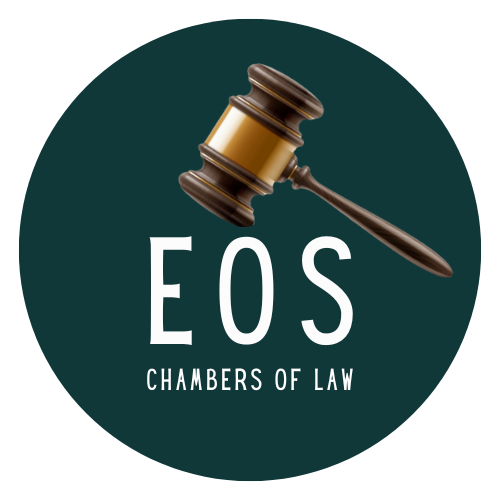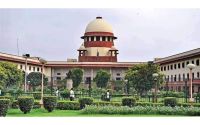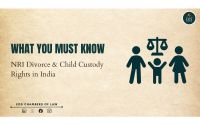Supreme Court Has Prepared A “Handbook On Combating Gender

Supreme Court Has Prepared A “Handbook On Combating Gender Stereotypes”
Chief Justice of India DY Chandrachud announced today morning that the Supreme Court has prepared a “Handbook on combating Gender Stereotypes”, in order to identify and remove the use of words and phrases, which are loaded with gender stereotypes, in judgments and court language.
“This is to assist judges and the legal community to identify, understand, and combat stereotypes about women in legal discourse. It contains a glossary of gender unjust terms and suggests alternative words and phrases which may be used while drafting pleadings as well as orders and judgements. It is for lawyers as well as judges”, CJI said.
“The handbook identifies common stereotypes by women, many of which have been utilised by courts in the past and demonstrates why they’re inaccurate and how they may distort the application of law. The intention is not to criticize or cast doubts on judgements but merely to show how stereotypes may unwittingly employed. To raise awareness against the utilisation of harmful stereotypes, particularly those against women, the handbook aims to explain what stereotypes are”, CJI added.
“It helps judges identify and avoid such stereotypes by first- identifying language which promotes gender stereotypes and offering alternative words and phrases; two, identifying common reasoning patterns based on gender stereotypes particularly about women. And three, highlighting binding judgements of Supreme Court which have rejected these stereotypes”, CJI explained.
The handbook will be uploaded in the Supreme Court website shortly.
While speaking at a public event in March this year, CJI Chandrachud had revealed that the handbook on gender stereotypes was under preparation. ““For instance, I have come across judgments which have referred to a woman as a ‘concubine’ when she is in a relationship. Women have been called ‘keeps’ in judgements where there were applications for quashing of FIRs under the Domestic Violence Act and Section 498A of the Indian Penal Code”, CJI
The legal glossary, Chief Justice Chandrachud then, was prepared by a committee chaired by Calcutta High Court judge Moushumi Bhattacharya. Other people involved in the process included Delhi High Court Judge Justice Prathiba M. Singh, former judges Prabha Sridevan and Gita Mittal, and Jhuma Sen, Advocate, Calcutta High Court and Supreme Court, also an adjunct faculty member at the West Bengal National University of Juridical Sciences in Kolkata.
Source
Post Categories
Featured Posts
Latest Posts
Latest Posts

Dividend Income From Indian Entity's Establishment In Oman Having Permanent Establishment Status Under DTAA...
The Supreme Court has held that if an Indian Entity rsquo s Establishment is operating in Oman and has a lsquo Permanent Establishment rsquo status under Double Taxation Avoidance Agreement ldquo DTAA rdquo then the dividend income received by the...

CJI Chandrachud Bats For Mediation As Dispute Resolution Mechanism For Individuals Govt...
NEW DELHI Chief Justice of India DY Chandrachud batted on Friday for adopting and encouraging mediation including online mediation as a mode of dispute resolution other than litigation saying it would reduce the courts rsquo caseload and has the potential...

UAPA Terrorism Cases Not To Be Taken Lightly Supreme Court Sets Aside Default Bail...
In a case pertaining to grant of default bail to a person accused under the Unlawful Activities Prevention Act ldquo UAPA rdquo the Supreme Court yesterday allowed an appeal filed by the Delhi police observing that the High Court fell...

Elevate Your Legal Strategy with Expert Witness Preparation Support...
Introduction In the realm of legal proceedings witness testimony can make or break a case It's the narrative that often tips the scales of justice Yet preparing witnesses for the courtroom is a nuanced art mdash one that demands expertise...

Section CrPC 'Right To Remain Silent Not Be Used Against Accused' Supreme Court Summarises...
Recently the Supreme Court in a noteworthy judgment while acquitting a woman accused of killing her own child and was convicted for murder and sentenced to life imprisonment also decided the question of what may be required of the convict...

Understanding Indian Constitutional Laws A Brief Overview...
Introduction Indian Constitutional Law is the backbone of the country's legal system laying down the framework for governance rights and duties of citizens and the functioning of various institutions Enshrined in the Constitution of India adopted on January...

Speak With Our
Get a Appointment
















